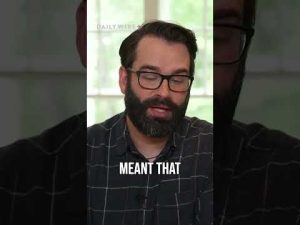In the latest chapter of political acrobatics, New York Governor Kathy Hochul finds herself tiptoeing along a tightrope of constitutional quandaries and partisan politics. The topic du jour is the art of redistricting—a delicate process that involves drawing up a map of electoral districts. According to New York’s very own state constitution, amended by public consent back in 2014, there are firm rules in place about how and when redistricting can occur. This amendment favorably mandates an independent commission to handle such matters, clearly stating voters’ distaste for partisan gerrymandering.
Yet, the current kerfuffle is a classic example of “do as I say, not as I do.” Accusations of hypocrisy are flying faster than campaign slogans. Congressman Mike Lawler and others in his predicament, wary of losing their seats, remind us of New York Democrats’ previous attempts to draw maps that were, to put it charitably, geometrically challenged at best. When the state’s Democrat-dominated appeals court had to throw out these creatively contorted maps, it hammered home a point: when it comes to redistricting in New York, even the most ambitious artistic interpretations don’t pass legal muster.
Governor Hochul, however, seems to be gearing up for a fight. Blaming external forces and calling it a “legal insurrection,” she points fingers at political adversaries while suggesting that current circumstances demand extraordinary measures. Rather conveniently overlooking the state’s legal straitjacket, she proposes putting the matter to the people once more. One might question whether voters are ready to muster enthusiasm for a redo when they’ve already laid down the law themselves.
But this political drama isn’t just a one-state affair. Hochul diverts eyes to the Lone Star State, where, according to her, a similar partisan power grab is underway. Her rhetoric paints a picture of Republican operatives strollin’ the plains with blueprints for five extra seats—allegedly a scene straight out of their playbook, echoing an all-too-familiar hypocrisy she’s aiming to highlight. However, the important distinction, often glossed over, is that such redistricting moves are currently legal within Texas law, unlike the pickle New Yorkers find themselves in.
Governor Hochul also finds herself in a fiery dance with immigration policy debates. With accusations that immigrants bolster the number of congressional seats in blue states, one might wonder if Governor Hochul herself feels like she’s juggling everything from immigrants’ rights to redistricting. The argument that welcoming more people unfairly shifts representation holds some sway, yet Hochul is quick to dismiss these concerns as yet another distraction from her opponents’ supposed failures.
Amid this politicking whirlwind, the governor does get some praise from within her party—a rare moment of camaraderie in a landscape otherwise filled with barbs. Yet even this accolade is tempered, for no ride on this political carousel would be complete without acknowledging differences of opinion. Hochul, ever the determined guide, vows to push forward for affordability and better governance. As New Yorkers build their case, whether they truly want a redistricting remix or prefer to keep their state moving forward without another bout of constitutional wrangling, it remains to see how this gubernatorial gamble will play out.







